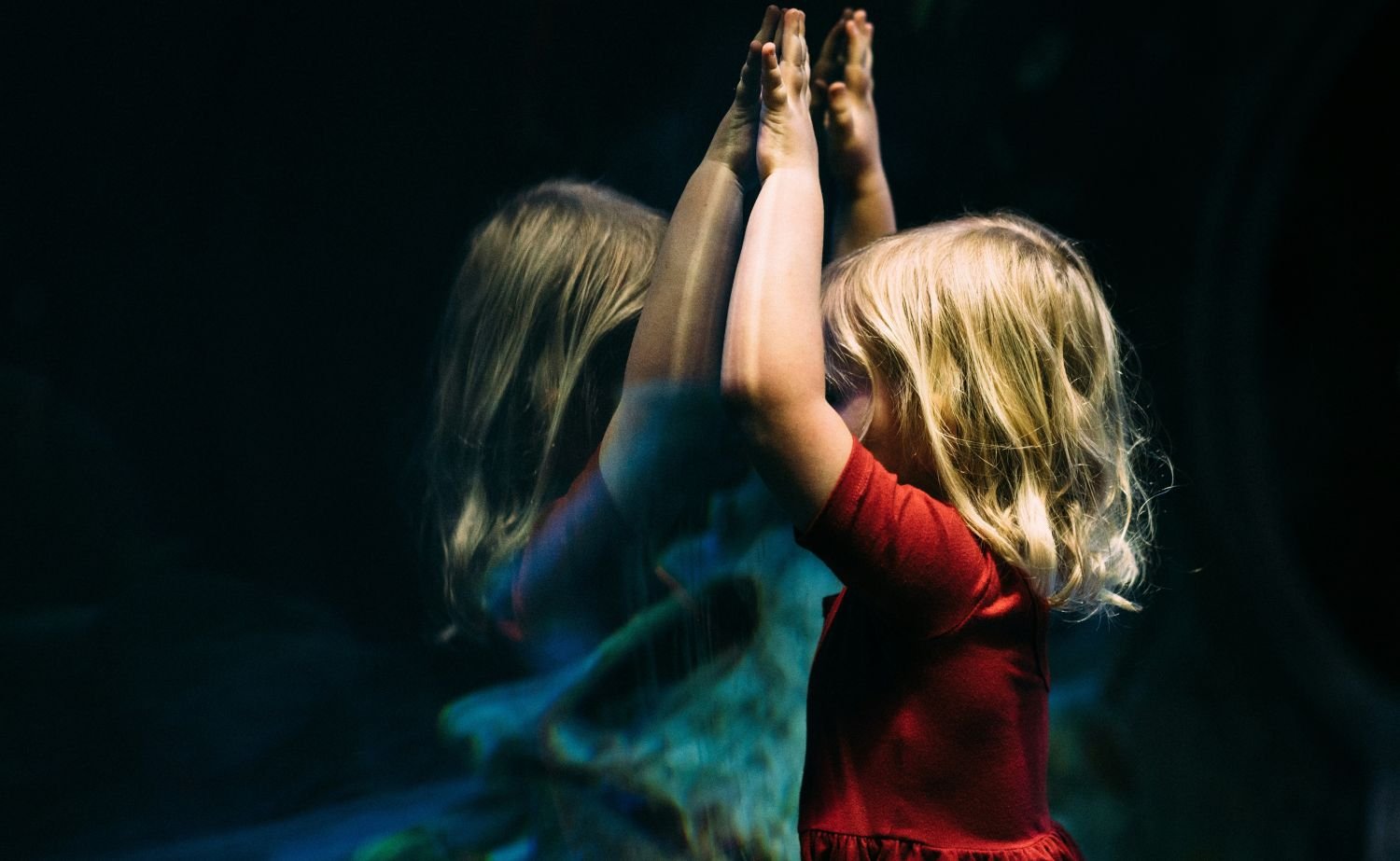Benefits of creative movement & dance
Creative movement is child-centered
Creative movement is oriented towards process rather than product. There is no “right” or “wrong” and children are not expected to try to be perfect or live up to an expectation. The movements that children create do not have to look a particular way or conform to a particular style. This can help children feel accepted just as they are, rather than for achieving a specific goal.
Creative movement is… CREATIVE!
Research suggests that young children are innately creative but that as they grow older their creativity declines.
Creativity is essential for life skills such as openness, envisioning, flexible thinking, connection making, problem solving, and innovation, and is also thought to underlie and support the development of other cognitive skills. Creative movement gives children permission to explore and develop their innate creative abilities.
Creative movement SUPPORTS SOCIAL-EMOTIONAL learning
When engaging in creative movement and dance, children practice intrapersonal skills such as openness, flexible thinking, creativity, problem-solving, patience, resilience, self-expression, and confidence.
And because creative movement includes collaborating with others, children also practice interpersonal skills, such as patience, listening, kindness, empathy, sharing, accepting, mediating, compromising, and developing a “yes and…” approach.
Creative movement SUPPORTS PHYSICAL DEVELOPMENT
Like bear cubs and otter pups, children explore the world physically. They play, rough and tumble, experiment, and copy others. All their senses are engaged in this exploration as they organically move in all the ways that are available to them.
And they need this! Young children need to be physically active throughout the day and older children need at least an hour of physical activity every day. Creative movement - a form of physical play - supports children’s physical development in many ways, including coordination, stability/mobility, balance, strength, flexibility, and energy/endurance.
Creative movement supports cognitive & emotional development
Because our brains have evolved to be developed through movement, cognitive and emotional learning takes place amidst physical play.
The work of somatic pioneers such as Irmgaard Bartenieff, and those who succeeded her, help us understand that children develop through distinct developmental stages. These patterns of “total body connectivity” – patterning of our neuromuscular systems - are intrinsically connected to healthy cognitive and emotional development, including low, mid, and forebrain. Meaning that children need movement for emotional and cognitive development as much as for physical development.
Photo credits: Robert Collins on Unsplash - Bekah Russom on Unsplash - Vitolda Klein on Unsplash - Mi Pham on Unsplash - Hugues de Buyer-Mimeure on Unsplash




